Hood Cleaning Timing and Benefits
Hood cleanings are essential for maintaining kitchen safety and efficiency. The optimal timing depends on usage frequency, type of cooking, and local regulations. Regular cleanings prevent grease buildup, reduce fire hazards, and ensure compliance with health standards.
Commercial kitchens should schedule hood cleanings at least every 3 to 6 months, depending on volume. High-traffic establishments may require more frequent cleanings to maintain safety.
Performing cleanings before peak seasons or holiday periods ensures optimal performance during busy times. Off-peak seasons can be ideal for thorough inspections and deep cleanings.
Many jurisdictions mandate specific cleaning schedules. Staying compliant involves scheduling regular cleanings aligned with local fire and health department regulations.
Visible grease accumulation, unpleasant odors, or reduced airflow are signs that a hood cleaning is overdue. Addressing these promptly reduces fire risk.
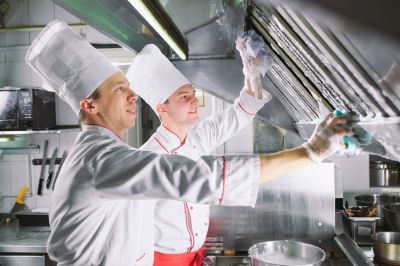
A professional hood system installed over cooking areas.
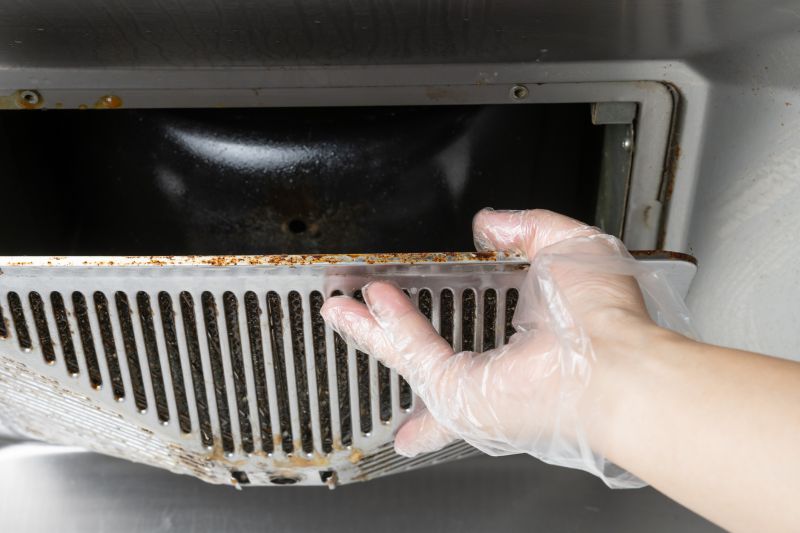
Close-up of grease buildup on a hood filter.
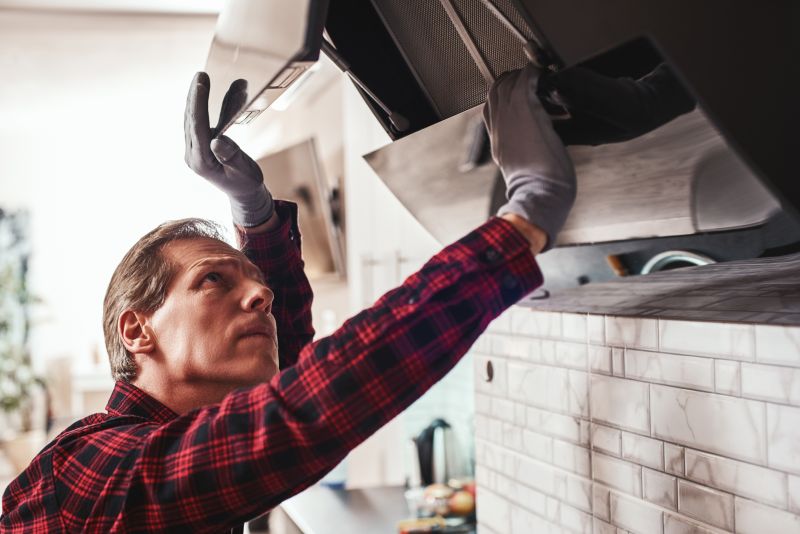
Technicians performing hood cleaning in a commercial kitchen.
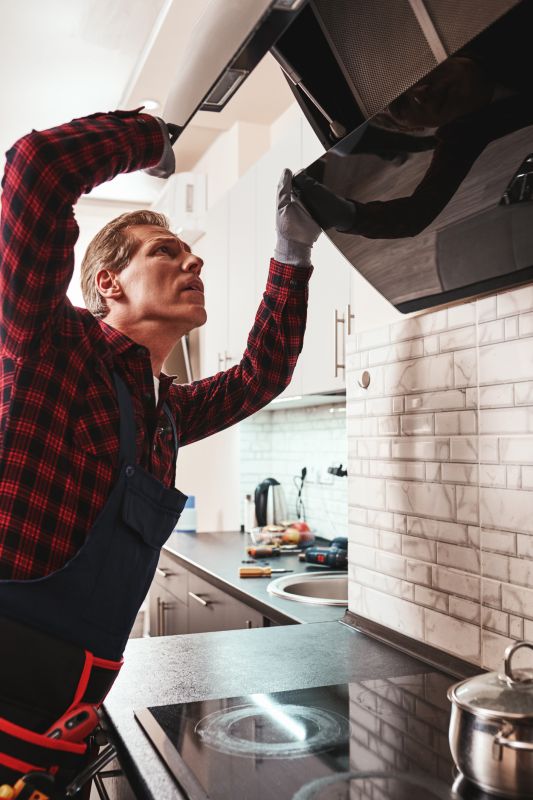
Fire suppression system installed near kitchen hoods.
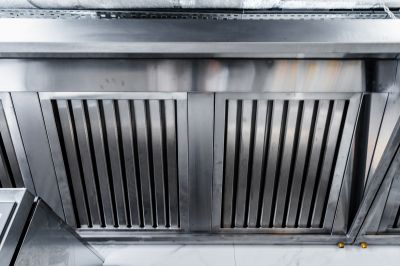
Ways to make Hood Cleanings work in tight or awkward layouts.

Popular materials for Hood Cleanings and why they hold up over time.
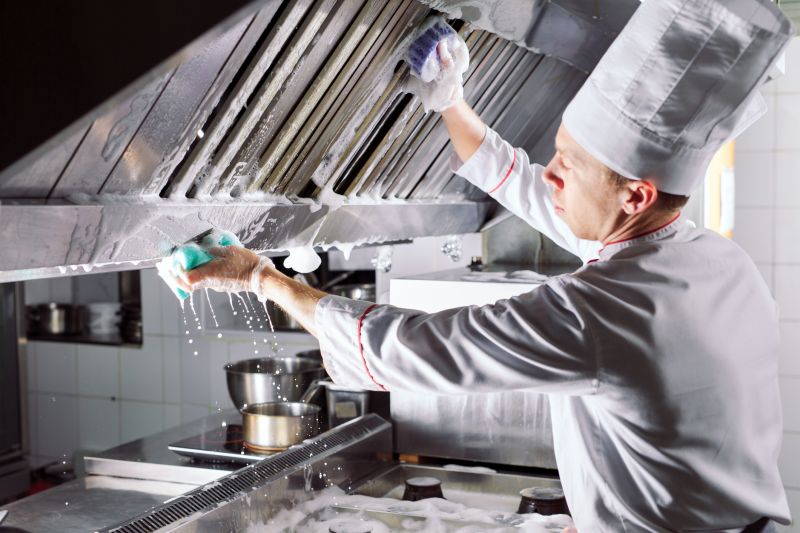
Simple add-ons that improve Hood Cleanings without blowing the budget.
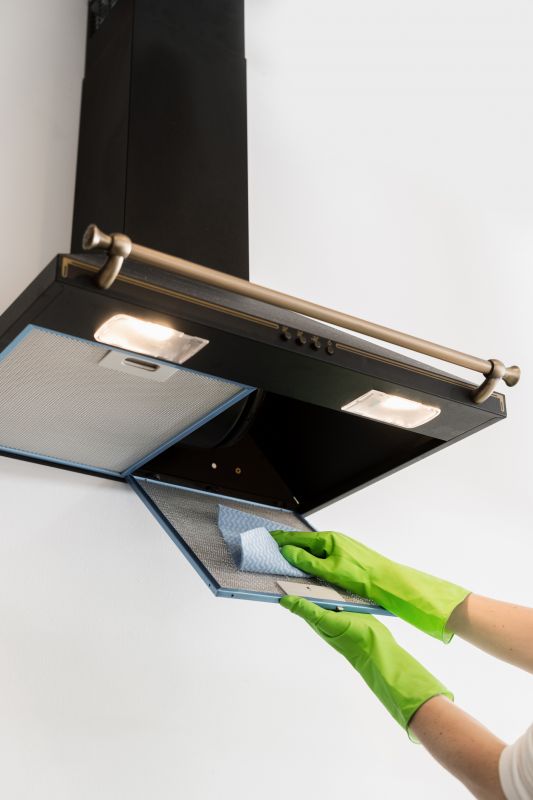
High-end options that actually feel worth it for Hood Cleanings.
Hood cleanings are a vital aspect of kitchen maintenance, directly impacting safety, efficiency, and compliance. Grease and debris accumulation can pose significant fire hazards if not regularly addressed. Proper scheduling based on usage patterns and local regulations ensures that kitchen environments remain safe and operational.
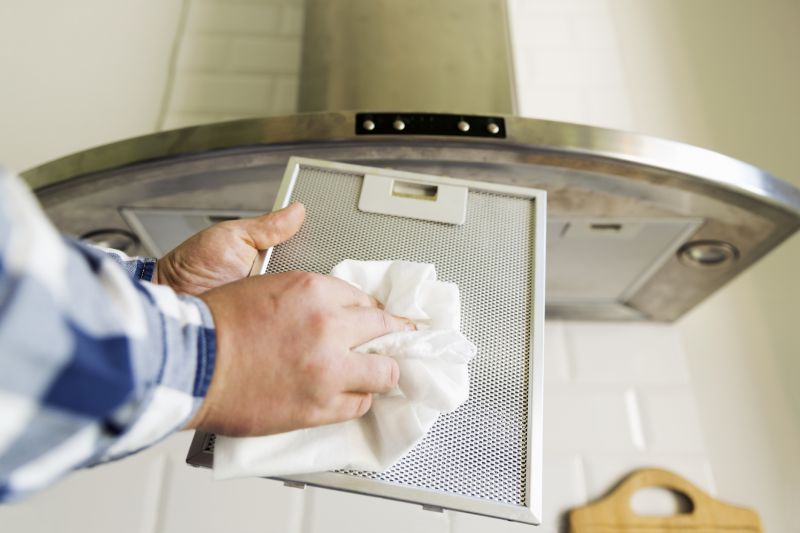
Technicians removing grease from hood filters.
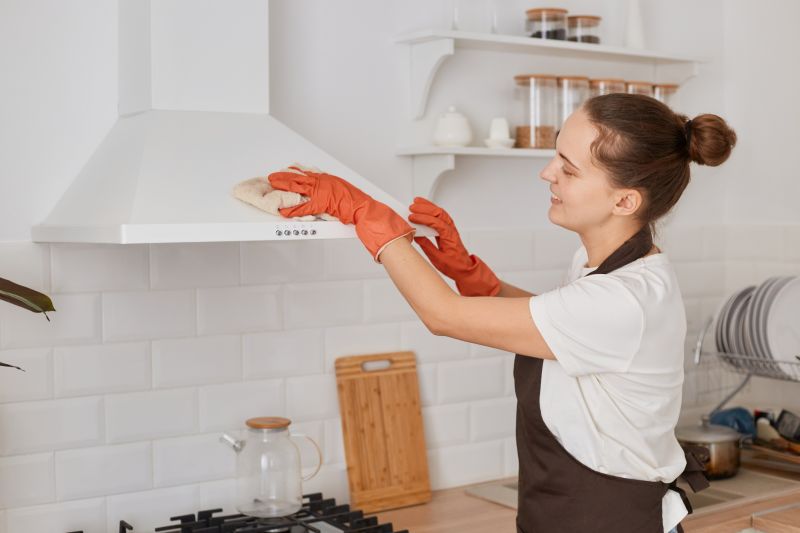
Comparison of a dirty versus cleaned hood.

Professional assessment of hood systems.
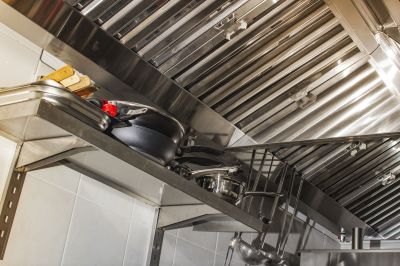
A spotless commercial kitchen after hood cleaning.
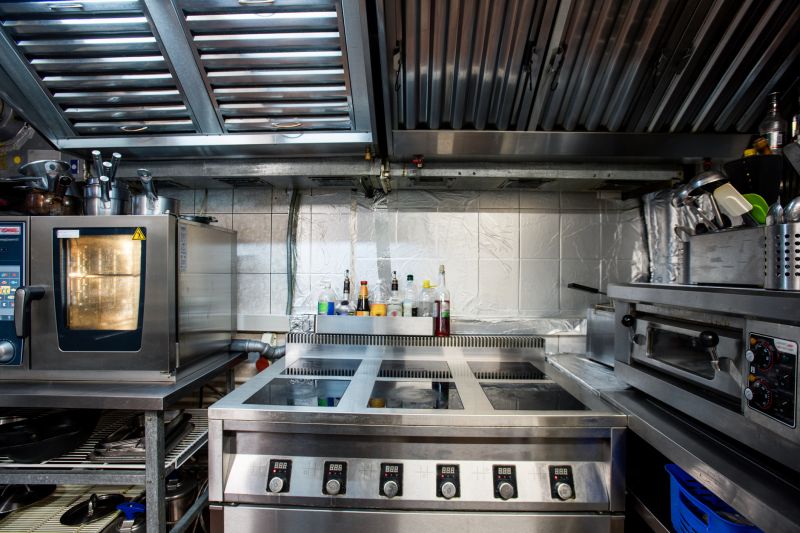
Finishes and colors that play nicely with Hood Cleanings.

Little measurements that prevent headaches on Hood Cleanings day.
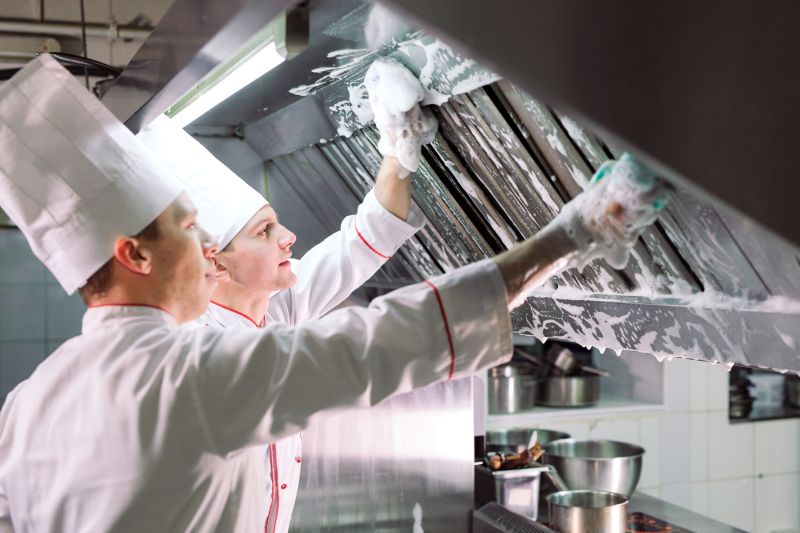
A 60-second routine that keeps Hood Cleanings looking new.
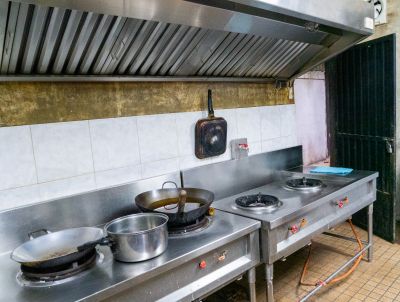
A frequent mistake in Hood Cleanings and how to dodge it.
| Aspect | Details |
|---|---|
| Recommended Frequency | Every 3-6 months for commercial kitchens |
| Signs of Overdue Cleaning | Grease buildup, odors, airflow issues |
| Impact of Heavy Cooking | Requires more frequent cleanings |
| Regulatory Requirements | Vary by jurisdiction, often quarterly or semi-annual |
| Benefits of Regular Cleaning | Fire safety, compliance, efficiency |
| Ideal Seasons for Deep Cleaning | Off-peak periods or before busy seasons |
| Preparation for Peak Times | Schedule cleanings ahead of holidays or events |



